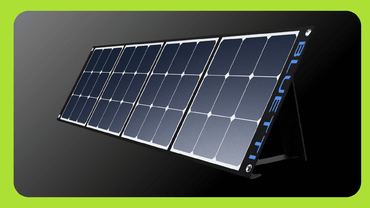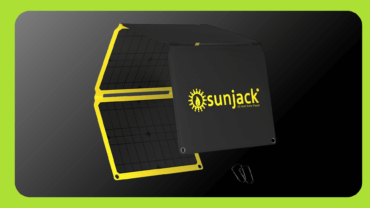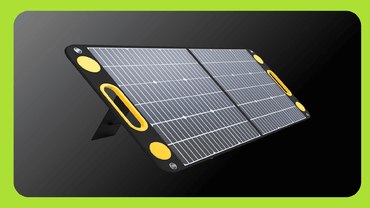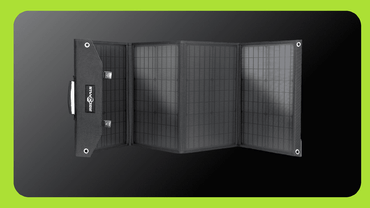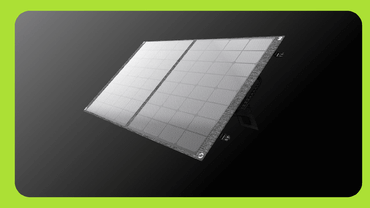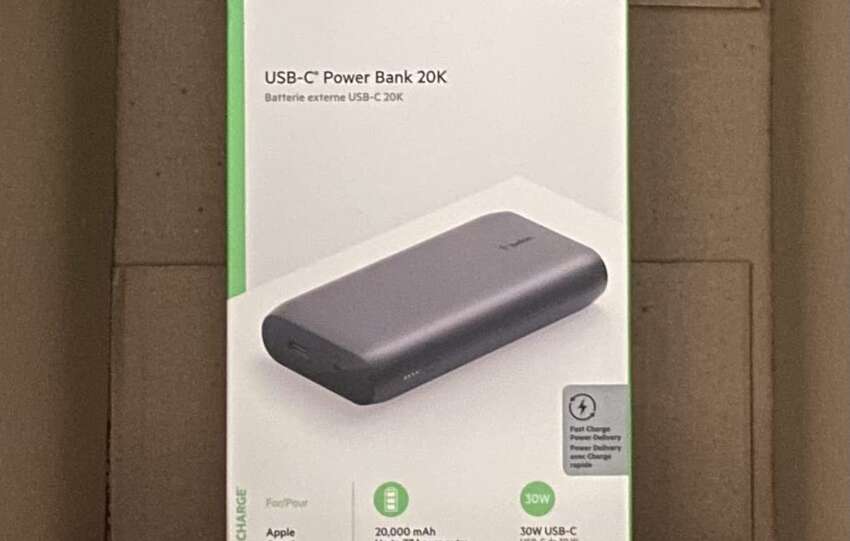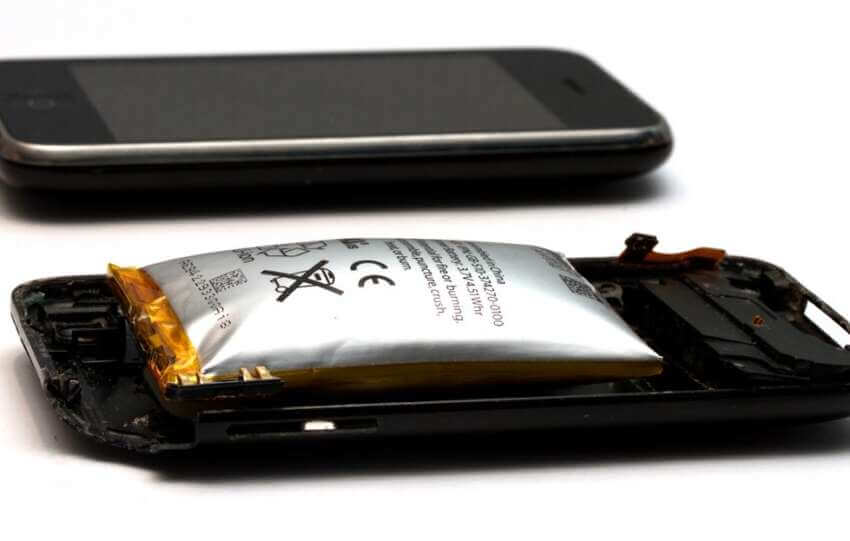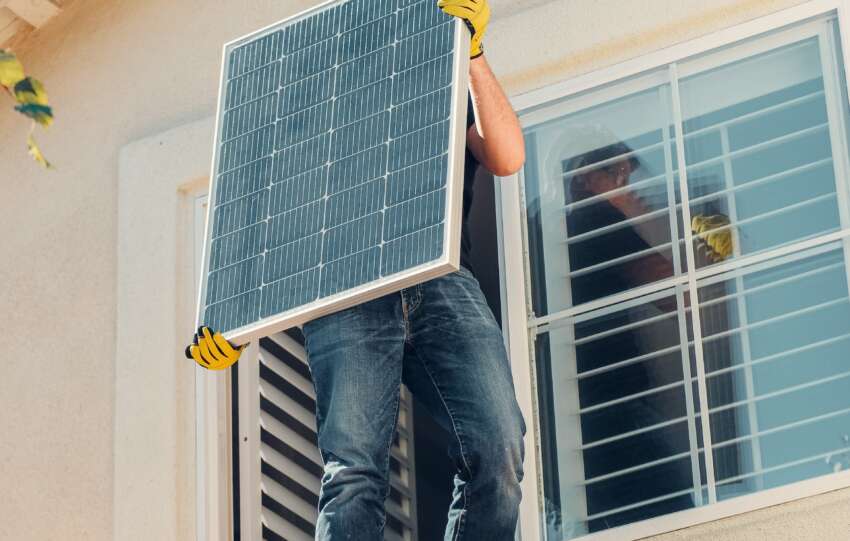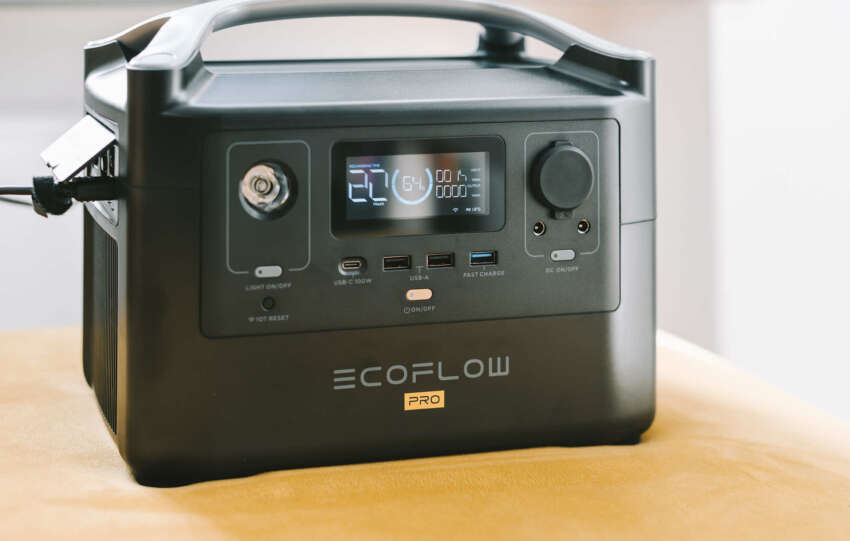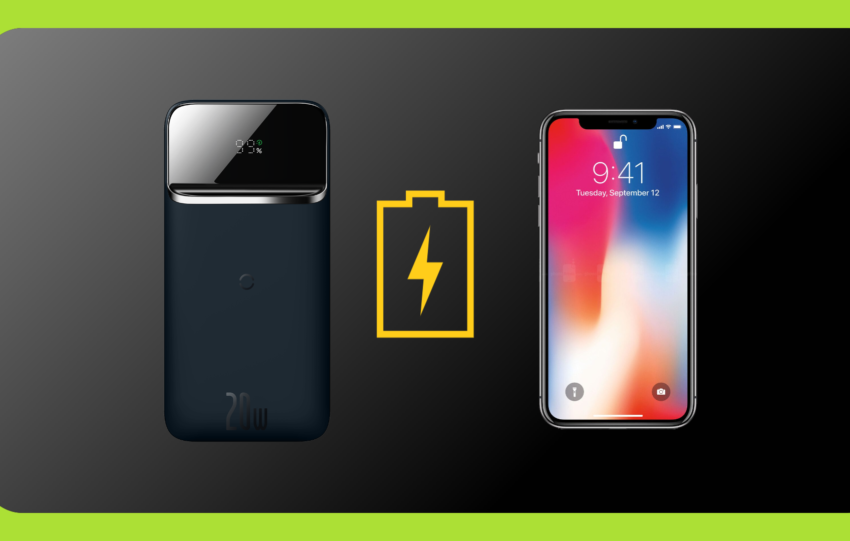Share This Article
The higher the efficiency of solar panels, the higher price they would cost. So before you choose a solar panel, you should understand that there is a tradeoff between price and efficiency. The best solar panels will be more costly than the low-efficiency ones, but they will also pay off the investment faster.
The Problem: Inefficient Solar Panels
Solar panels are an important part of the renewable energy equation, but their efficiency leaves a lot to be desired. The average solar panel only converts about 15% of the sunlight it receives into electricity, and the best panels are only about 20% efficient. That’s a big problem for the renewable energy industry, which is counting on solar panels to help us wean ourselves off of fossil fuels.
The Cause: Poor Quality Materials
The main cause of inefficient solar panels is poor quality materials. Solar panels are made up of photovoltaic cells, which are the actual devices that convert sunlight into electricity. These cells are made of semiconductor materials like silicon, and the quality of these materials has a direct impact on the efficiency of the solar panel.
The Solution: Better Quality Materials
Solar panel type by performance
- Highest performance: Monocrystalline panel’s efficiency range from 17% to 26%.
- Mid-tier performance: Polycrystalline panel’s efficiency range from 15% to 17%.
- Lowest performance: Thin film panels that commercially have an efficiency range from 10–13%.
The problem with solar panels is that they are not very efficient. They only convert a small percentage of the sunlight that hits them into electricity. The rest is lost as heat.
There are a few reasons for this. One is that solar panels are made from semiconductor materials, which are not very good at conducting electricity. They also have a lot of interface area between the semiconductor and the metal contacts, which causes resistive losses.
The solution to this problem is to use better quality materials. Solar cells made from gallium arsenide (GaAs) are much more efficient than those made from silicon (Si). They have lower resistive losses and higher electron mobility, meaning they can better utilize the energy of the incoming sunlight.
GaAs solar cells can reach efficiencies of over 30%, while Si cells are only around 15-20% efficient. This means that a GaAs solar panel will produce three times as much electricity as a Si panel of the same size.
One company, Alta Devices, has developed a GaAs solar cell that is 28.8% efficient. This is the highest efficiency ever achieved for a single-junction solar cell (a cell with only one layer of semiconductor material).
Alta’s solar cell is made from a thin film of GaAs just five microns thick – about one-tenth the thickness of a human hair. It has an active area of just 10 cm2, making it about 1/1000th the size of a conventional Si solar cell. Despite its small size, it can generate enough power to run a mobile phone or another low-power electronic device.
5 Best Solar Panels With USB-C & Compatible Most Power station
The Problem: Inefficient Solar Panels
Low solar panel efficiency is a major problem in the solar industry. Solar panels only convert a portion of the sunlight they receive into usable electricity. This means that a lot of the energy from the sun is wasted and not used to power your home or business.
The Cause: Poor Quality Installation
The main cause of low solar panel efficiency is poor quality installation. This can be caused by a number of factors, including:
-Incorrect panel orientation: The panels need to be facing the sun in order to absorb as much light as possible. If they are not, then they will not be able to generate as much power.
-Dirty panels: The panels need to be clean in order to work efficiently. If they are covered in dirt, dust or other debris, then they will not be able to absorb as much light and will not generate as much power.
-Shading: If the panels are shaded by trees or other buildings, then they will not be able to generate as much power.
There are a number of other factors that can contribute to low solar panel efficiency, but these are the three most common. If you have a solar panel system that is not working as efficiently as it should, then it is likely that one or more of these factors is to blame.
The Solution: Better Quality Installation
The solar industry is thriving with installations popping up all over the country. Despite this growth, solar panel efficiency remains low with the average installation only converting about 10-15% of sunlight into usable electricity. But there is hope – by making a few simple changes to the way panels are installed, that number could increase to as high as 30%.
The problem lies in the fact that most solar panels are installed on roofs where they are often shaded by trees or other objects. They are also usually installed at a fixed angle, which means they are not always optimally positioned to capture sunlight. But if panels were installed on poles in open fields, they would be much more efficient.
There are a few companies working on this solution, but it will likely be many years before it is widely adopted. In the meantime, you can maximize the efficiency of your existing installation by making sure it is not shaded and by adjusting the angle of your panels seasonally.
The Problem: Inefficient Solar Panels
The average solar panel has an efficiency of around 15-20%. This means that only 15-20% of the sunlight that hits the solar panel is converted into electricity. So, why is solar panel efficiency so low?
The Cause: Poor Quality Maintenance
Despite solar panels being one of the most promising renewable energy sources, they have yet to live up to their potential. One of the main reasons for this is inefficiency; solar panels only convert a portion of the sunlight that hits them into usable energy. While there are many factors that contribute to solar panel efficiency, poor quality maintenance is one of the most significant.
When solar panels are first installed, they are usually very efficient. However, over time, dirt and dust accumulate on their surface, which reduces the amount of sunlight that can be converted into energy. In addition, leaves and other debris can block sunlight from reaching the solar panels. This problem is compounded in areas with high winds, as debris can be blown onto the panels more easily.
To keep solar panels operating at peak efficiency, it is important to regularly clean and maintain them. However, this is not always easy or affordable, especially for large-scale commercial installations. As a result, many solar panel arrays are not properly maintained, resulting in lower overall efficiency and reliability.
The Solution: Better Quality Maintenance
As the world progresses, it is important that we find more efficient ways to produce energy. Solar power is one of the most widely known renewable energy sources, and it has the potential to be a major player in the battle against climate change. However, solar panels are not as efficient as they could be. In order to increase solar panel efficiency, we need to focus on better quality maintenance.
Solar panels are covered in a thin layer of silicon, which is what allows them to absorb sunlight and convert it into electrical energy. Over time, this silicon can become degraded due to weathering, dust, and other environmental factors. This degradation reduces the amount of sunlight that the solar panel can absorb, which in turn decreases the amount of electrical energy that the solar panel can produce. In order to combat this problem, solar panel manufacturers need to pay closer attention to the quality of their products and make sure that they are using high-quality materials that will withstand the elements. Additionally, solar panel owners need to be more diligent about cleaning their panels on a regular basis. By keeping their panels clean and free of debris, they can ensure that their panels will continue to function at peak efficiency for many years to come.
It is important for us to find more efficient ways to produce energy because climate change is a very real threat to our planet. Solar power has the potential to be a major player in the fight against climate change, but only if we can find ways to increase solar panel efficiency.

